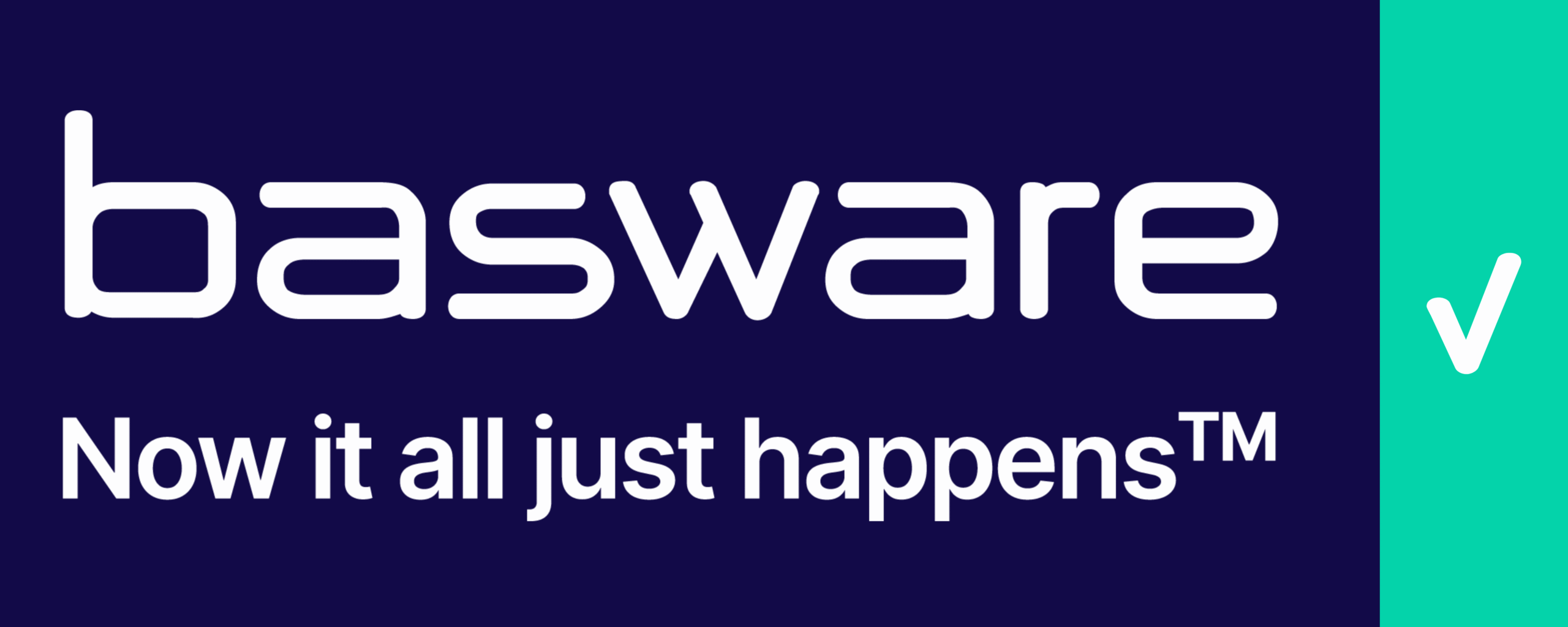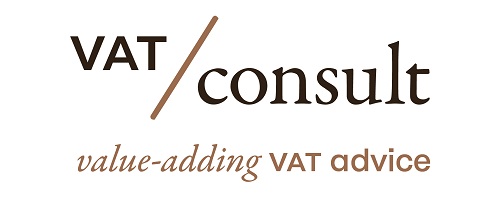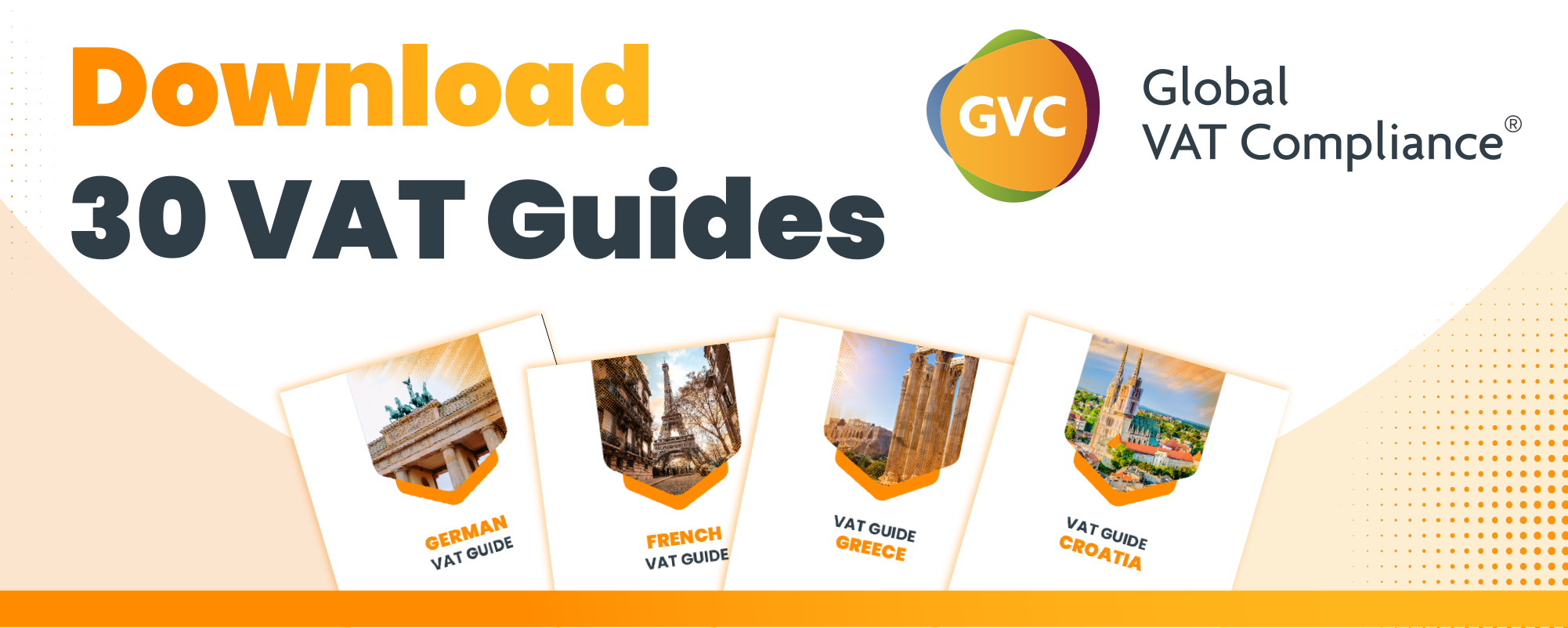This report presents the results of applying the RA-GAP VAT gap estimation methodology to Belgium for the period 2011-2021. The Revenue Administration Gap Analysis Program (RAGAP) methodology employs a top-down approach for estimating the potential Value-Added Tax (VAT) base, using statistical data on value-added generated in each sector. There are two main components to this methodology for estimating the VAT gap: 1) estimate the potential VAT collections for a given period; and 2) determine the accrued VAT collections for that period. The difference between the two values is the VAT gap.
Source: imf.org
Latest Posts in "Belgium"
- Belgium’s B2B E-Invoicing Mandate: Key Deadlines and Compliance Steps for 2025-2028
- Belgium 2026 Budget: Targeted VAT Increases, E-Invoicing, and New Customs Levy Announced
- New BIC code as from 15 December 2025 for payments to government’s accounts
- Belgium and EU Plan €2 Customs Levy on Non-EU Parcels, Ending €150 Exemption by 2028
- Belgium Announces 2026-2029 Budget: VAT Changes and New Tax on Non-EU Parcels















